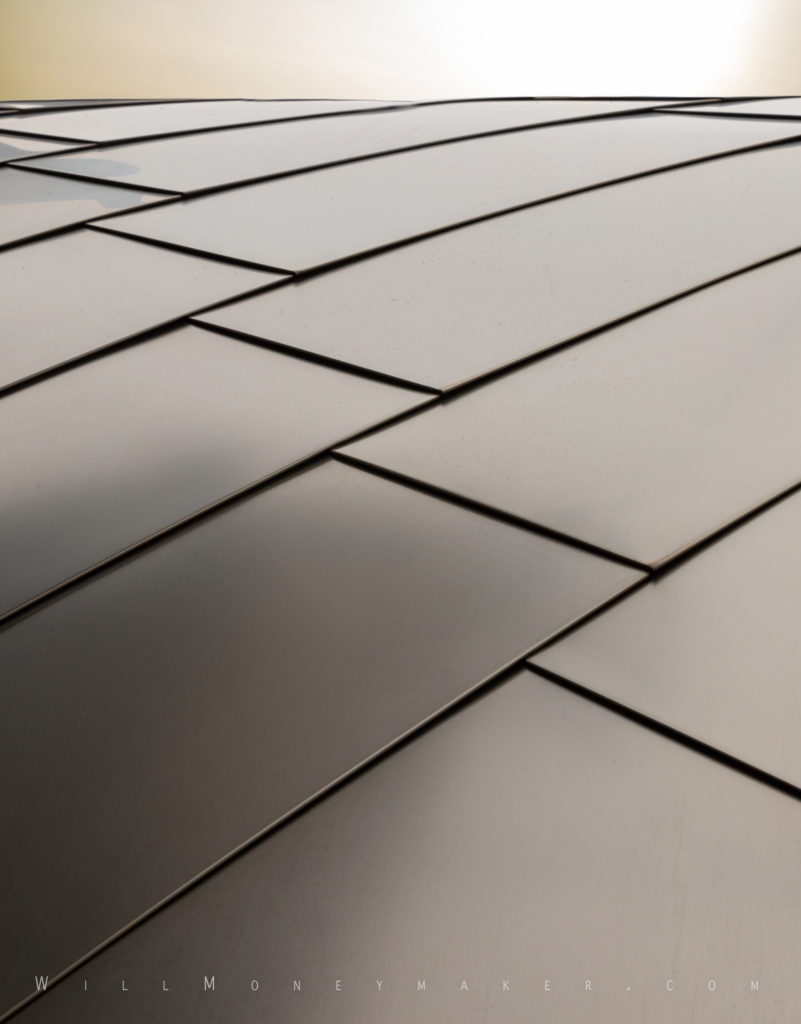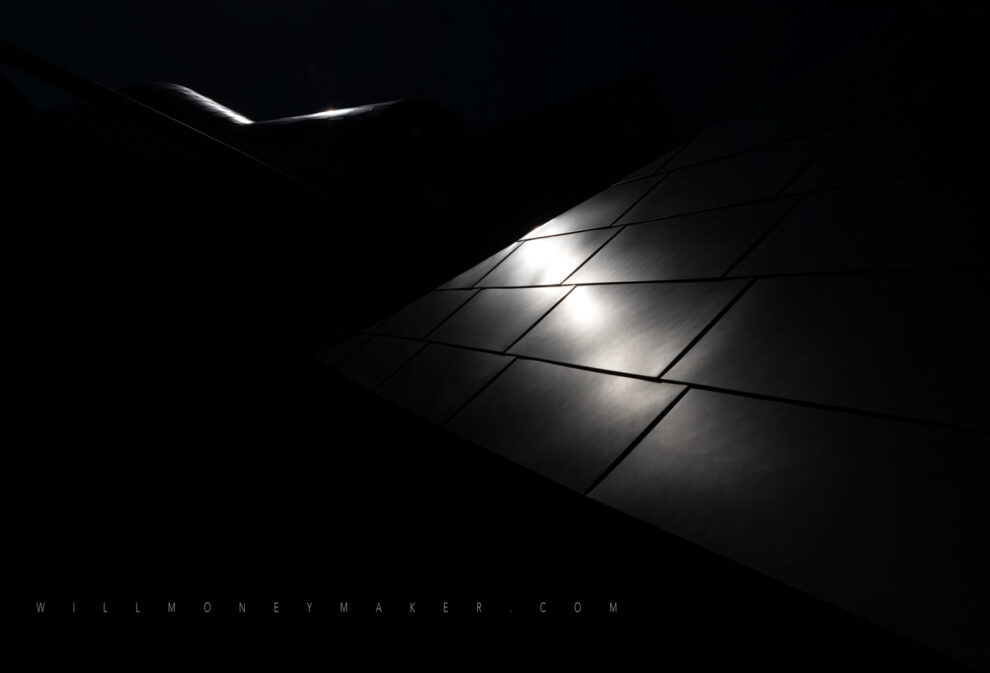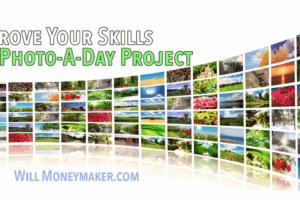There are so many artifacts left over from the digital age of film photography. Of course, we can still buy film cameras, and the lenses to go with them, along with film processing equipment and everything else that we need to produce a film photograph. But, there’s one artifact that isn’t a physical object — and yet, it’s something that sticks with us, even those of us who have transitioned to the digital age. This artifact is the conservatism that we used to use when we were taking photographs. For all of you who grew up during the film era, you know well what I’m talking about: Being limited to 24 or 36 exposures for each roll of film, which meant that you had to be careful each time you pressed the shutter button.
In some ways, this conservatism was valuable because it taught us to compose pictures in our mind before we committed them to film. We really had to think about things like lighting, color, and composition. But there was also a problem inherent in this hesitance to take photographs. We often felt limited in regards to experimental photography. After all, why take a risk on an unknown when you can only take so many photographs, and worse, when you have to pay for each of those photographs to be developed and printed? Because of this, we often found ourselves sticking with the sure thing, with the photograph that we were reasonably certain would be successful.
For some of us, this reticence bled over into the digital era. I know that on occasion, I catch myself hesitating to press the shutter button, not because I’m consciously thinking about saving film or saving memory card space, but just because it’s a habit left over from the old way of doing things.
But the modern truth is, for those of us who have made the switch to digital — which is most of us, since film tends to be a smaller specialty niche, these days — we have no such limitations. Digital storage media is cheap, accessible, and virtually unlimited, capable of holding hundreds of images. Even if we do manage to fill a memory card up, it isn’t a big deal to swap it out for an empty card. We do not have the space constraints nor the cost constraints that film photographers had to deal with. The only limit to the number of photographs that we can take is the number that we can reasonably load onto our computers for post-processing.
With all of that in mind, there really is no reason not to experiment with photography as much as possible. All of those compositions, all of those odd abstract photographs, and whatever else you can imagine — why not attempt to create it? It’s only through experimentation that we can discover new things, and these new things are what will lead to the creation of art.
If you’re having trouble letting go of this need to conserve images, there are lots of ways that you can approach photography in order to help yourself be more experimental. Read on and I’ll discuss some of the ways that you can open your photographic experience up for experimentation.
Don’t Limit Yourself
Every photograph starts with a subject. The first step to experimenting with that subject is to dispense with any limits on the number of photographs that you were planning to take of that subject. Realistically, your only limiting factor should be the time that you have to take pictures. So don’t hesitate to take dozens or even hundreds of images of your subject because in doing so, you’ll amass a large collection of digital negative so that you can play with.
Keep in mind that these dozens or hundreds of images don’t all have to be exactly the same. Dig into your subject material and photograph it in as many ways as you can possibly imagine. Bracket your shots so that you have a variety of different exposures for each shot and photograph it from is many different perspectives as you can think of.
For example, if your subject happens to be a car, then make sure that you get images of the front, the back, and the sides. But don’t stop there. If you have a ladder or another means to you get above the car, then take pictures from the top down. If you can get underneath the car safely, consider taking photographs from that angle. Or, lay on the ground by the side of the car and photograph it from an extremely low perspective.
The same goes if your subject is a person. Pose that person in as many different ways as you and the subject are comfortable with so that when you take your digital negatives home, you’ll have a wide variety of images to work with.
Dig Deeper
Don’t stop at simply taking photographs from a variety of perspectives. Dig deeper into your subject material to find all of the little details that we may not normally notice.
To use the example of a car again, make sure that you pop the hood and take photographs of the parts inside. Get in close to the car and photograph details like the wheels or take a few pictures of the beautiful curving lines between the fenders. Climb inside the car and take photographs of the dashboard, the steering wheel, and whatever else catches your eye. What can be captured in the reflections on shiny paint, chrome, and glass?
The same goes for human subjects. Your subject may want to change outfits between sets of photographs, or you may want to get in close to photograph the texture of your subject’s skin, hair or eyes. Always be thinking of all the small things, the unusual things, that we may not see upon a passing glance. And keep in mind throughout this entire process that you are not limited to the number of exposures on a roll of film.

Other Ways to Experiment
There is even more beyond perspectives and the smaller details. When it comes to experimentation, don’t forget about the mechanics of photography. Switch lenses or choose different exposure settings. Try different lighting. Sometimes the change between bright light lighting and golden lighting — or lighting of any color that you can manage — can remake an image completely. Think in the abstract as you take photographs. There is just so much that can be done, and we are only limited by the amount of time we have available to take the images.
Post-processing comes with even more opportunities to experiment. The wonderful thing about modern post-processing is that once you have the software, it doesn’t cost you a dime do you change photographs in any way that you can possibly imagine. Play with Photoshop filters, or try layering images. The sky really is the limit, and unlike with film, you can always undo any changes that you make with the simple keystroke.
A Note on Why Experimentation is Important
I mentioned this above, but I feel that experimentation is so important that it needs reiterating. It is only through experimentation that we will come up with new, never-before-seen concepts. Often, when you go out to take photographs, you have a specific goal in mind — a certain image that you have decided will be the best Image, the one that you plan to turn into a print before you’ve even pressed the shutter button.
But, when you take dozens of images, this image that you initially imagined as “the one” often turns out not to be the best of the bunch. The freedom to experiment gets you doing new and unusual things, and you will often find that there are other images that you’d not thought of until you captured them. Sometimes, these turn out to be the photographs that represent your best work – even better than the images you had planned to create that day. So, keep an open mind when you are exploring the world, camera in hand, and you may just surprise yourself with the interesting things that you never thought you’d capture.





